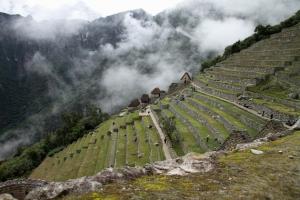Eiffel Tower: analysis, characteristics and history (with pictures)
The Eiffel Tower was inaugurated in 1889, the year in which the first centenary of the French Revolution was celebrated. It is considered a symbol of the industrial and technological advancement of France in those years.
What many do not know is that this construction was not intended to be permanent, but that it had to be removed at the end of the concession.
What made this tower remain and why did it become the most iconic architectural symbol of the city of Paris, despite the conflicting opinions it aroused at the time?
Analysis of the Eiffel Tower
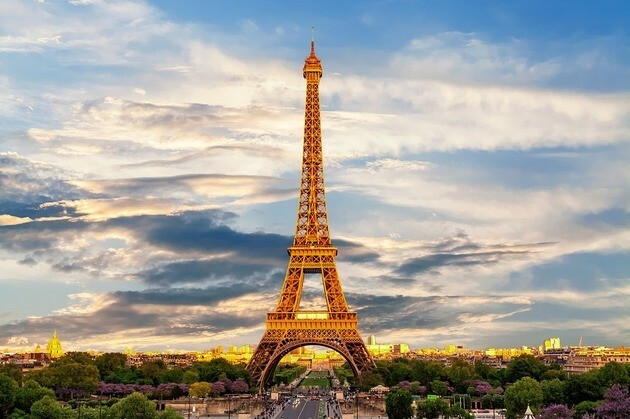
From an aesthetic point of view, the Eiffel Tower broke with the idea that beautiful buildings should be made of stone. This was achieved by totally stripping the structure and making it the main element of contemplation. Now the structure would no longer be only functional but aesthetic.
In fact, between the pillars four arches were built whose function is basically aesthetic. Even so, despite this twist in architectural tradition, the Eiffel Tower seen as a whole meets the classic aesthetic criteria of harmony, proportion and symmetry.
Structural characteristics

The tower is located on a quadrangular base with four enclave pillars, which are supported in turn by eight hydraulic jacks each.
The quadrangular bases of the tower are joined together as the structure rises, forming an obelisk that culminates in a great lantern over the city. Thus, the weight is distributed equally.
As a whole, the tower is divided into three levels and an intermediate platform between the last two, which is not accessible to tourists as it serves a functional purpose.
The real challenge facing the structure of the Eiffel Tower was one: the wind. Based on this aspect, a series of studies were carried out that resulted in its current form.
In the tower there are several restaurants, divided between the first and second floors, and even a macaron shop, the typical sweets of the city of Paris. At the top there is a bar where you can have champagne while looking out over the city.
History of the Eiffel tower

It was the second half of the 19th century when Europe was beginning to reap the economic fruits of the industrial revolution, which had made its appearance in the 18th century.
Over time, the new production system had involved an economic rearmament of the industrialized European countries. As a consequence, these countries extended their markets and dominions to Africa and Asia, constituting the modern form of what has historically been called “imperialism”.
In this context, the universal exhibitions appeared to publicize the industrial advances and manufactured products of the countries, in search of new business opportunities, exchange, expansion and prestige.
The universal exhibitions succeeded the national exhibitions that were already held in France since the first half of the century and that were replicated in other countries. However, the first World Fair proper was held in England in 1851. In 1889, it would be France's turn to shine.
From project to building
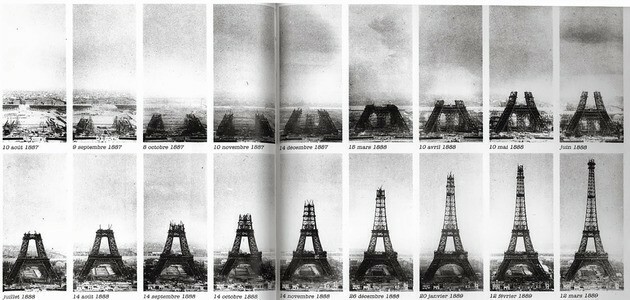
In preparation for the Universal Exhibition of 1889, the year of the centenary of the French Revolution, the State French summoned a competition to build an immense tower that would exalt the pride of the industry and the nation. This colossus had to have some characteristics: a square base, with an iron tower, 300 meters high and 125 meters lateral.
The project of the engineers Maurice Koechlin and Emile Nouguier and the architect Stephen Sauvestre was chosen. The latter was summoned to give a more aesthetic appearance to this iron monster that would rise in the city of lights. But its name is due to the person who made it economically possible, the businessman Gustave Eiffel, who was given the benefits of the concession for 20 years, at the end of which he had to disarm it.
In reality, this project had already been presented to other cities, but it was rejected several times for not adapting to urban aesthetics, such as Barcelona. In fact, although the French government gave the approval, this project had many detractors in France.
Controversy
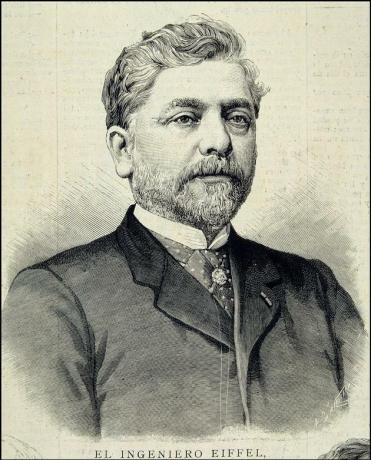
Many humanists of his time opposed the construction of the Eiffel Tower. On the one hand, it was feared that it might collapse, since a building of this size or of those materials had never been seen.
In fact, the naturalist writer Guy de Maupassant said that he liked to eat daily in that place because it was the only place in Paris where the tower was not seen. He hated her so much.
It is no wonder that Maupassant joined the intellectuals and artists Gounod, Sardou, Garnier, Coppée, Prudhomme, de Lisle, Bouguereau, Dumas (son), Meissonier, Huysmans and Verlaine in a manifesto against the construction of the tower. Posted in the diary Le Temps, the manifesto read like this:
To get an idea of what we are ahead of, it is enough to imagine a towering vertiginously ridiculous dominating Paris, as well as a great black factory chimney, crushing with its enormous mass. Notre Dame, La Sainte-Chapelle, the Saint-Jacques tower, the Louvre, the Dome des Invalides, the Arc de Triomphe, all our monuments humiliated, all our architecture diminished, disappearing into that dream amazing. And for twenty years we will see stretching out over the entire city, still shaken by the genius of so many centuries, like an ink stain, the hideous shadow of the hideous wrought iron column.
But the plea of the artists was not heard. Construction work began in January 1887 and ended on March 31, 1889.
Curiosities of the Eiffel tower
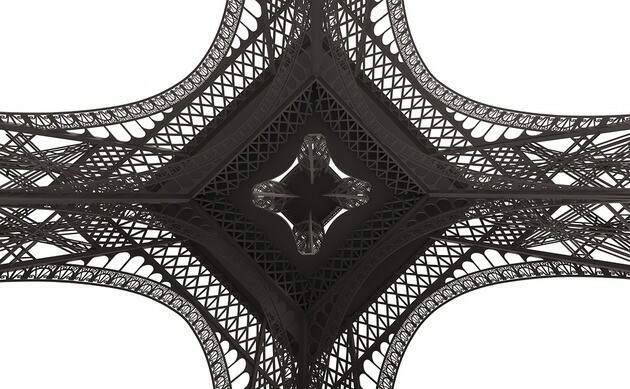
To build the Eiffel Tower, around 18 thousand pieces were manufactured. Once construction began, it took five months to build the foundation for the base, while assembling those pieces would take almost two years.
When it was opened to the public, the Tower did not yet have elevators. Even so, the success was resounding. Since then, the Eiffel Tower has received millions of spectators.
In 1900, before completing the concession of the businessman Eiffel, the French Navy decided to place a radio antenna at the highest end of the tower. The tower would thus become a strategic and nerve center of the city, which indefinitely postponed its dismantling.


